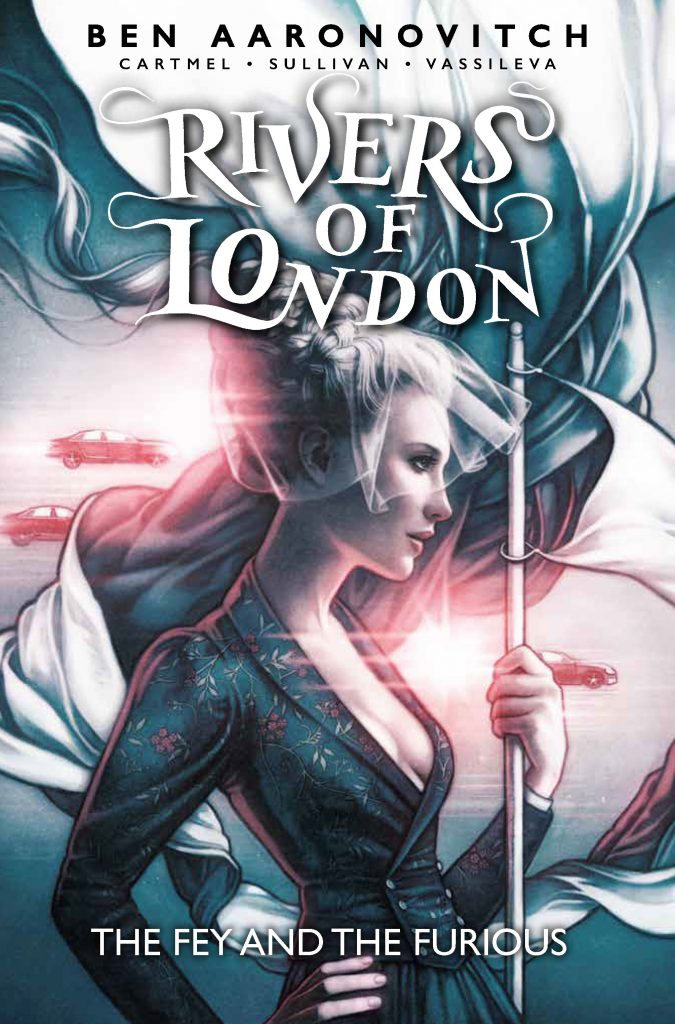
- Rivers of London: The Fey & the Furious
- Titan Comics
- Written by
- Ben Aaronovitch
- Art by
- Mariano Laclaustra
- Colors by
- Paulina Vassileva
- Color-Ice
- Letters by Rob Steen
Trouble never lies far from the race track. When a flash car belonging to a young boy racer from England washes up in the Netherlands with a bagload of unusual cargo, it’s evident there is more than meets the eye happening at street races held in an Essex car park. Enter Detective Inspector Peter Grant. Fresh from suspension, he takes to the track in his orange ‘asbo’ Ford Focus to try and infiltrate the big leagues. But Peter soon finds himself sucked back into an Otherworld – a real-life fairyland!
I might’ve come into the Rivers of London series late, but it’s become one of my favorite book series running in both comic & novel form. It’s one of the legitimate pleasures of working with ThePullbox that I get a chance to peek behind the curtain now and then. In this case, The awesome folks at Titan Comics- UK media contact Imogen Harris especially- asked if we had any questions for the creative team behind the latest collected trade paperback, volume 8 in the comic series so far.
And oh boy, did I have some questions, and it just happened that co-writer Andrew Cartmel & artist Lee Sullivan had answers. With maybe just a little ado, let’s get to it.
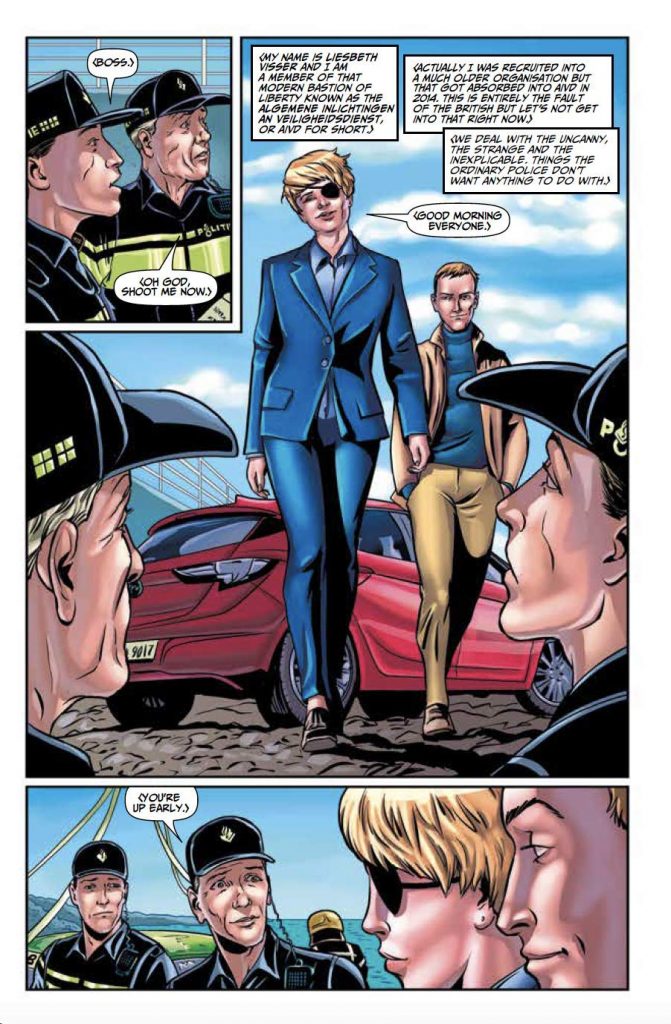
ThePullbox: From the start, Rivers of London has been almost as much a handy tourist’s guide to London as it is a police procedural/urban fantasy series. In the form of Peter Grant, readers are able follow along & enjoy the sights. There have been steps outside of the city limits, as in Foxglove Summer, and now in The Fey and the Furious we’re stepping even farther out of bounds. How much time do you fellas spend wandering around your settings, either with a notebook, voice recorder, video recorder, or all of the above (suppose I could’ve just left it with “smartphone”… sorry)?
Andrew Cartmel (writer): We often use pics taken with our phone cameras for the artists, also images found online. And we naturally tend to use our local area and familiar places.
ThePullbox: Through all of the comics, there’s a nearly seamless blend of the real world and the supernatural. In putting together that crazy mix of visuals, how much of the work is a challenge, and how much pure pleasure?
Lee Sullivan (artist): One of the things that the writers were clear about when we started the comics was that the magic wouldn’t be of the Doctor Strange variety, with force beams and discs of light around Peter’s hands. That was slightly frustrating at first; all comic artists want to show off their visual flair, but it’s one of the great things about the series, that this is a fantasy completely grounded in the real world. There are some slightly odd-looking characters, people are occasionally shoved violently through the air as a result of magic, there are a few glows here and there, but no real pyrotechnics to speak of. The storytelling is much more about the interplay of characters in cafes or offices; it’s quite low-key. The challenge and the pleasure for me is in finding interesting but unobtrusive ways of choreographing the characters within a panel so that they speak in the correct order, and getting the maximum amount of subtle characterisation into the people I’m drawing. Also, backgrounds are a really important part of the story, we’re set mostly in London and usually in real locations and buildings or vehicles, so there’s a lot of referencing and getting perspective right, setting the characters into the landscape as realistically as possible.
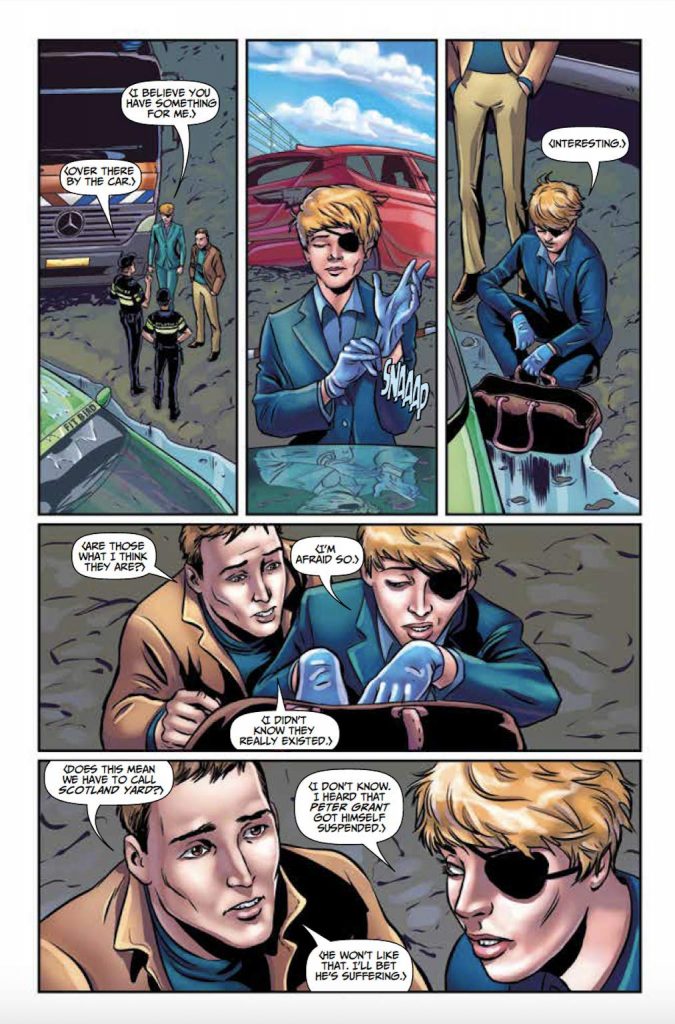
ThePullbox: Another hallmark of the series is the attention to detail in varied subjects. Peter Grant was originally lined up for a career in architecture before landing his gig in the Folly. Music, Jazz in particular, plays a huge part in the setting and tone of the series. Of course, police procedure has always been a huge part of the stories, and now you’ve dipped into the world of illegal street racing (with elves). How much research has been involved in writing these stories, and how much is pulled from personal experience?
Andrew: Ben (Aaronovitch) has always been an advocate of research. This shows in the brilliant authenticity of the police procedure in the series that entirely comes from him — and his scrupulous research. (Okay, I occasionally do a bit, too.) In the case of the jazz Ben didn’t need to research it, because I’m a jazz nut and so he just asks me for stuff.
ThePullbox: I have to confess that I started into the series through the comics, and then enjoyed the whole world enough to dive into the books. In the past, I’ve had problems going from comic, television, or movie into the novels they were based on. Part of the problem (and right now I’m thinking specifically of two characters out of The Expanse) is that character designs/actors don’t always measure up to my idea of the person from the book. In Rivers of London, that’s never been a problem, not even once. How closely do you as the artist work with Ben Aaronovitch when it comes to bringing established characters to two-dimensional life?
Lee: That’s interesting. Of course a lot of people come to the comics from the books, and it took quite a while for some readers to adapt to what I was delivering, understandably so. When you read something you immediately have a sense of what the characters look like, and although it really isn’t terribly well formed when you get down to specific details, any artist’s realization of a favourite character is bound to be at odds with what the reader envisages. But I think most readers got used to it, and some probably experienced the same thing I did; my vague mind-pictures of the characters were not really what emerged on the page when I started drawing them, but after a while on the project, when I went back to the books the characters in my mind looked like the comic-book versions. Ben and Andrew and I spent a while negotiating what Peter in particular looked like. We finally settled on a look, but as soon as I started drawing the first images, boom – he was there and different again. Fortunately everyone seemed happy, and we never really had any issues thereafter.

ThePullbox: I think one of my favorite things about the series is the frequent pop culture references, in particular those on the nerdier side of life. Entertainment value aside, Peter’s love of Star Wars- and science fiction in general- has gone a long way toward making him a fully fleshed out character. This is pretty much true of most of your characters, everyone a fully thought-out person on the page. Is there a template, a person, or an amalgam of people on which the characters are based?
Andrew: With luck — and if you’ve done your preparation (e.g. research) the characters you create will begin to come to life on the page and come up with their own quirks and dialogue.
ThePullbox: Lee, looking at your work history, you’ve covered a pretty broad range of subjects, genres, and character styles… Robocop, Judge Dredd, Doctor Who, Transformers, and Rivers of London. Those are some pretty broad swings, stylistically. Do you have a preferred world to work in? Do you enjoy more of the outlandish and fantastic, or something a little more grounded in reality?
Lee: I really liked all of the styles, I’m a bit of a chameleon really. I quite enjoy changing to suit the particular project I’m working on. After my run on RoL I did a lot of futuristic concept design for a couple of TV projects, which was very refreshing. Change is good for the soul, do reality for any length of time and you yearn for fantasy and vice-versa. One of the fun things about RoL was that Ben and Andrew would throw in style changes every now and then, so suddenly I’d be doing a page of Russian religious iconography or a Robert Crumb cartoon scene, or a whole bunch of life drawings in different styles. There was also a sex scene in Water Weed that caused me a lot of discomfort because I kept thinking what my mother would have made of it!
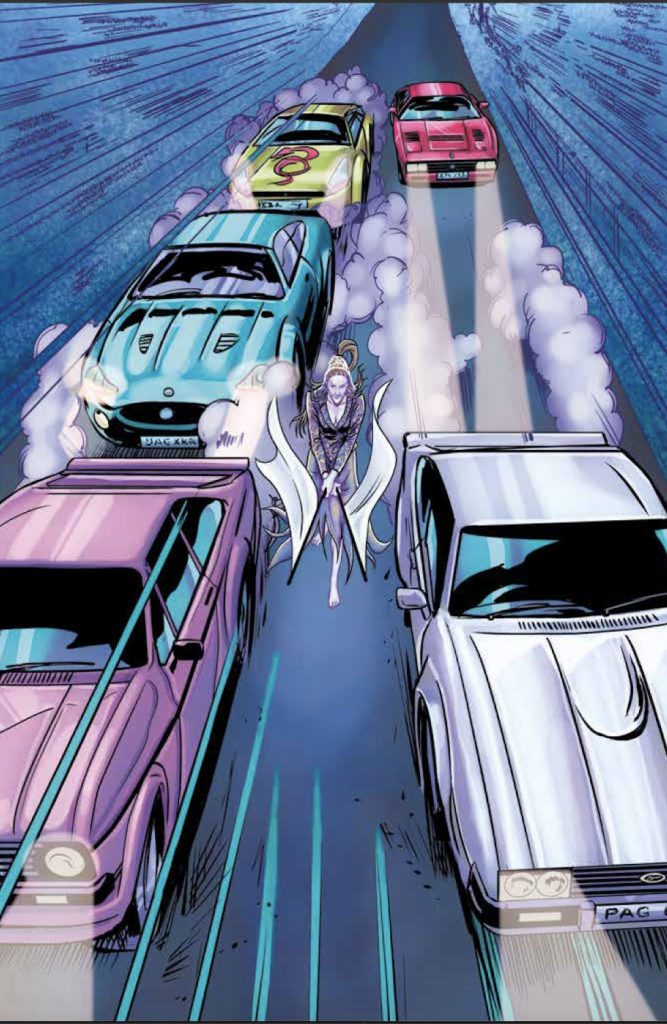
ThePullbox: In all of the books, novels and comics, another fantastic aspect of the story telling is in the unexpected flips. The story is moving along with a fairly light, humorous tone when out of nowhere there’s an emotional gut punch. When you’re scripting or laying out the plot, do you have these heavy beats planned out or does the story develop more as you go? Have you ever put something down on paper that even you just didn’t see coming?
Andrew: The unexpected stuff tends to be character rather than plot turns. The contrasting emotional tones is just something that comes naturally — hopefully. Having said that, if we’re writing a dark or heavy sequence we’ll be aware that we’ll need something light and humorous soon to break it up.
ThePullbox: One more question for you, Andrew. When the opportunity or idea came to jump the series into comics, how was it decided to avoid the trope of adapting the existing novels, and instead weaving the comics into the established continuity?
Andrew: Ben was firm and decisive about this from the very beginning. But it only makes sense — the novels are novels. Attempting to transform them into a visual medium like comics would always be a chore and run the risk of being second best. So original stories was a natural and obvious way to go. What was more daring of Ben was the decision to make them canon, which is really cool!
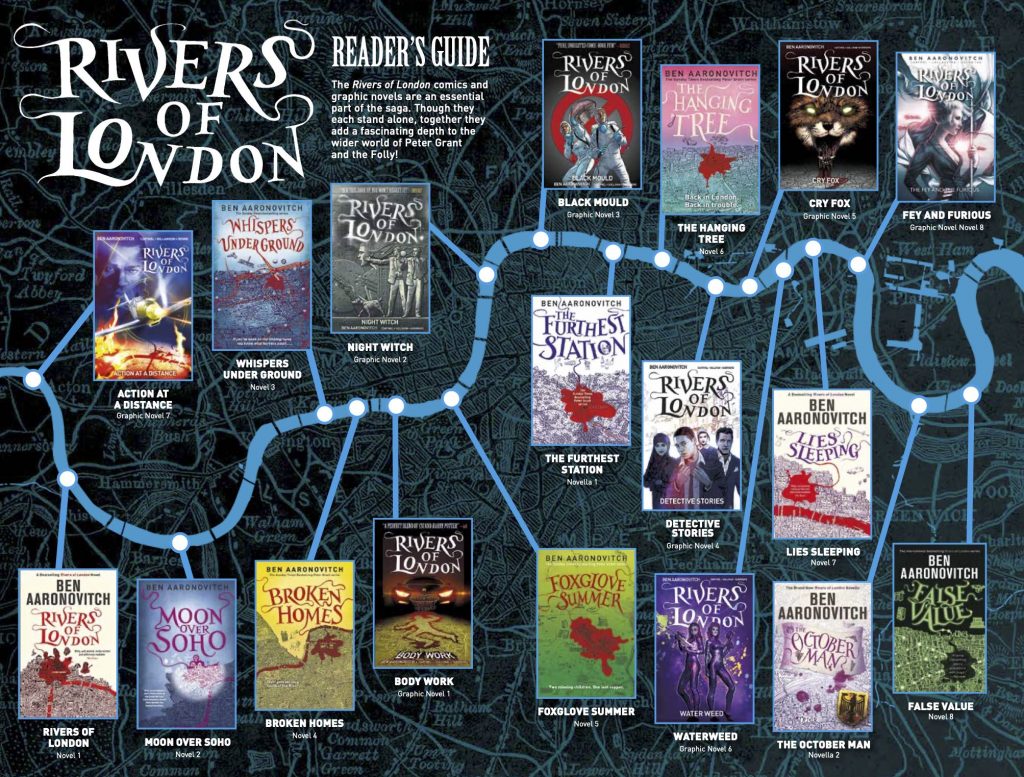
Again, I’d like to thank Andrew Cartmel & Lee Sullivan for taking a few minutes to chat, and a big thanks to Imogen Harris & the people at Titan Comics. This was a good chance to find out a few things, get some behind the scenes perspectives on one of my favorite running series. If you haven’t read any Rivers of London, there isn’t one that I’ve been dissappointed in yet. Check ’em out.